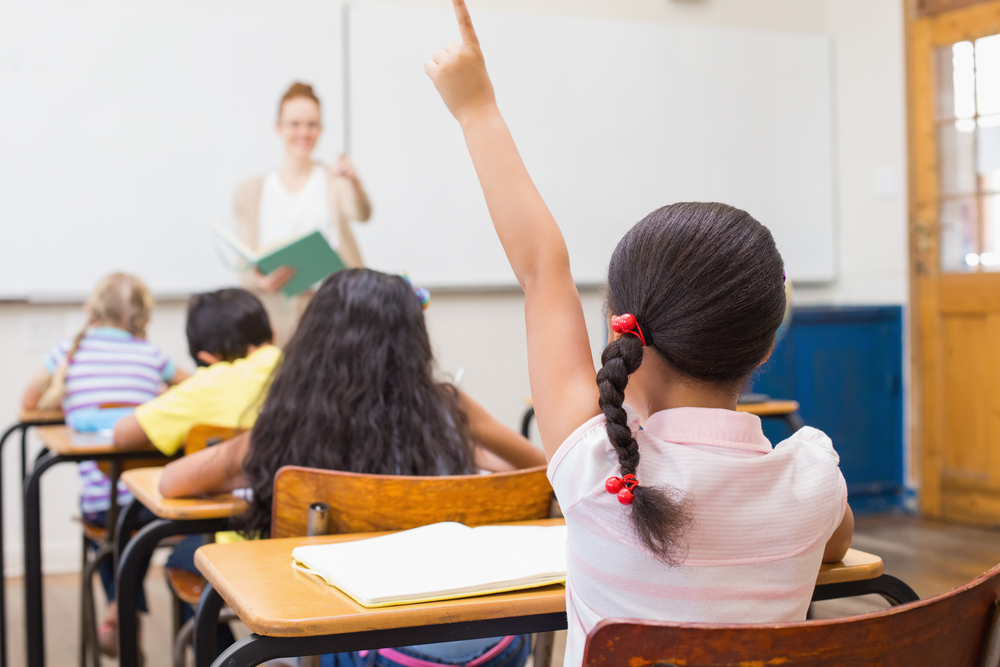Historically, there have been two types of digital transformations in education. The first type is disruptive technology change. This is usually driven by the emergence of a new technology or an event. For example, the invention of laptops, followed by iPads, then the explosion of 1:1 device programs at every level of education - this has changed education irrevocably. History will tell if COVID is one of these types of catalysts. The swift move to technology dependent, remote learning has given educators a taste of change, a taste of what’s possible. Some are starting to adopt that ‘taste’ as their norm, others are using it to supplement their current practice.
5 min read
Moving from ‘Break-Fix’ to Innovation and Impact in a Pandemic
By Melanie Gillies on Aug 27, 2020 7:33:50 PM
2 min read
Importance of student privacy in the EdTech landscape
By Mel Gillies on Jul 29, 2020 2:49:26 PM
In early 2020, everyday life as we knew it was flipped as governments worldwide forced the closure of most things we take for granted, including businesses, sporting and cultural events, travel and schools. Parents had to stay home with their children, while educators were pushed to move their teaching programs to the online world.
3 min read
Auditing your school's readiness for going 'fully online'
By Rowan Freeman on May 11, 2020 11:08:27 AM
Restricted travel due to COVID-19 is already having a well-documented impact on Australian universities. With their existing digital infrastructure, most have strategies and technologies in place to support students studying remotely. K-12 schools are likely to be impacted in one way or another in the coming months but established systems and practices to support fully online remote study are rare.
1 min read
Stressful but Successful: Two Case Studies of Rapid Remote Learning
By Rowan Freeman on Apr 15, 2020 12:23:34 PM
With remote learning becoming the 'new norm' for schools in response to the recent virus pandemic, the adoption of remote learning differs from school to school. This is influenced largely by the current adoption of technology already taking place within the school's learning environment, together with the capacity and confidence of its teaching staff.


















